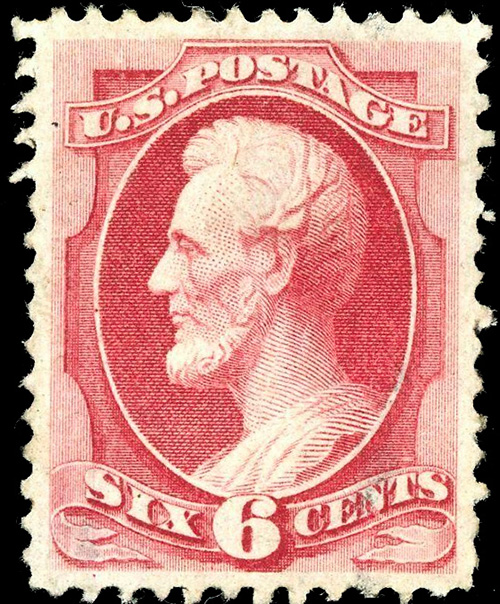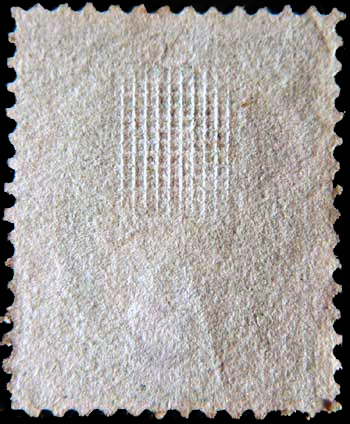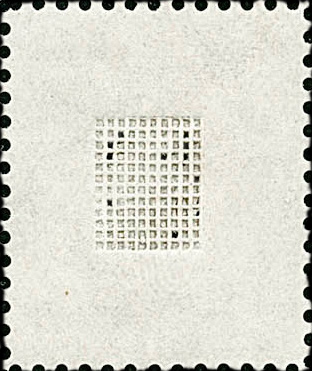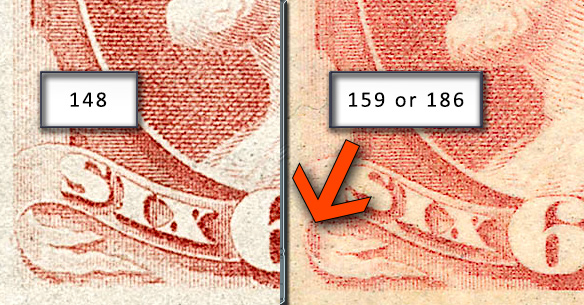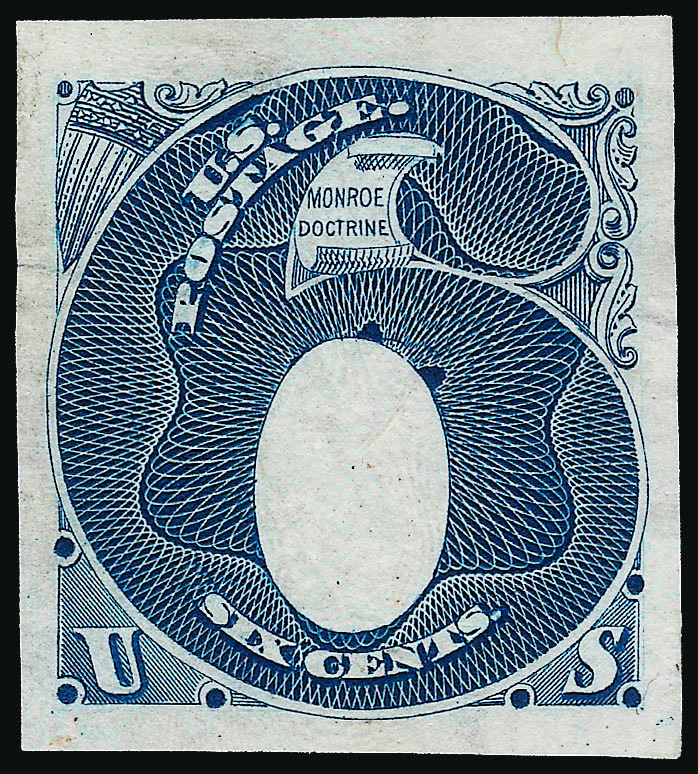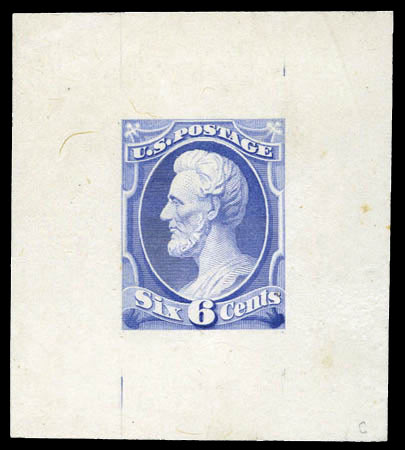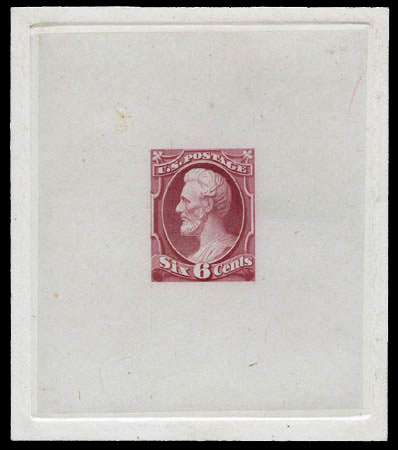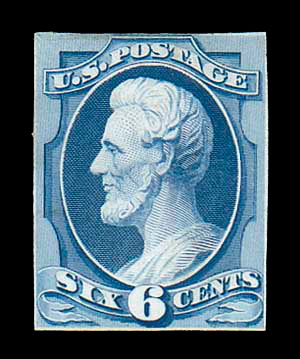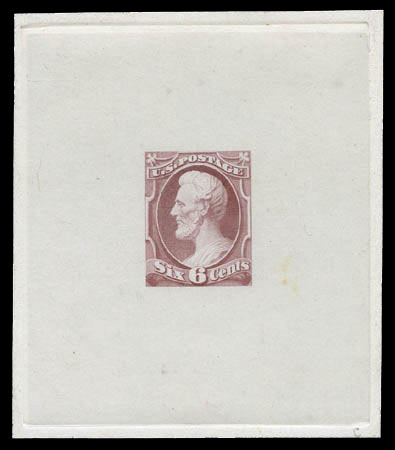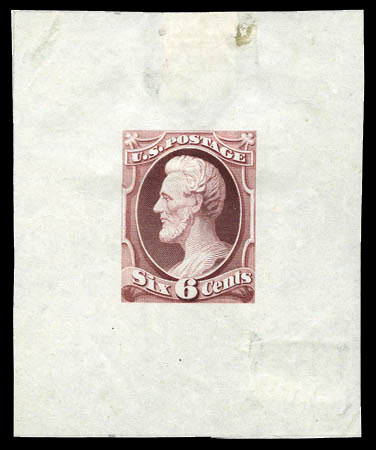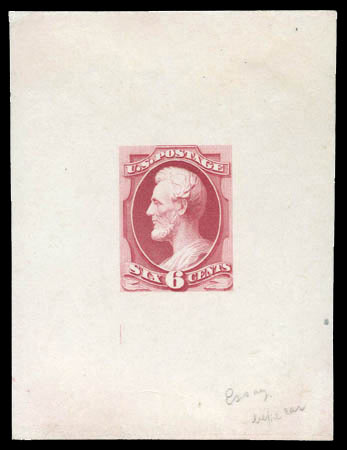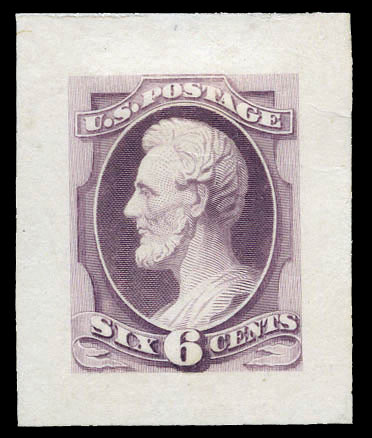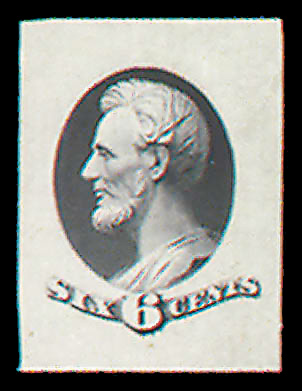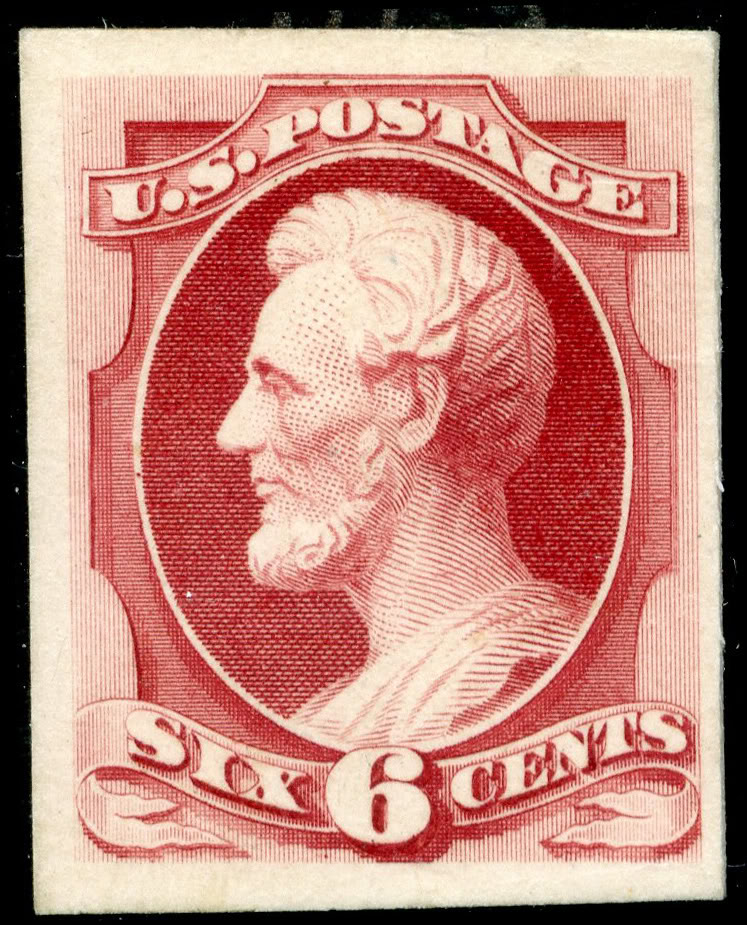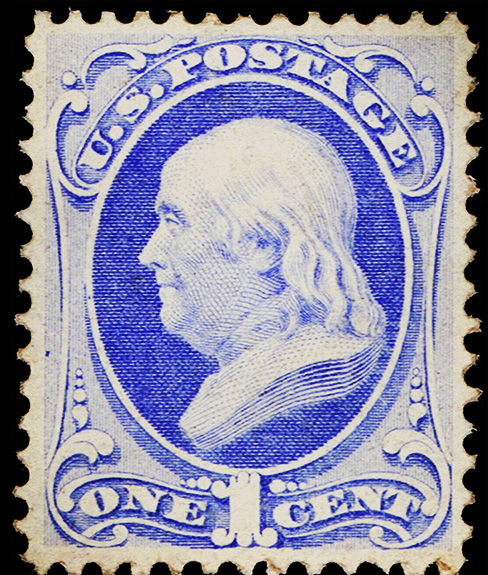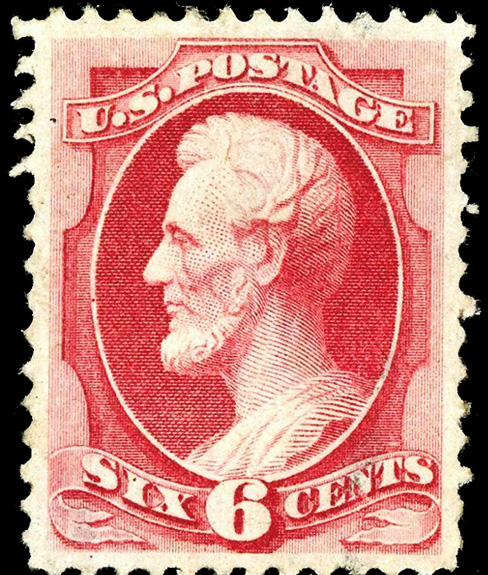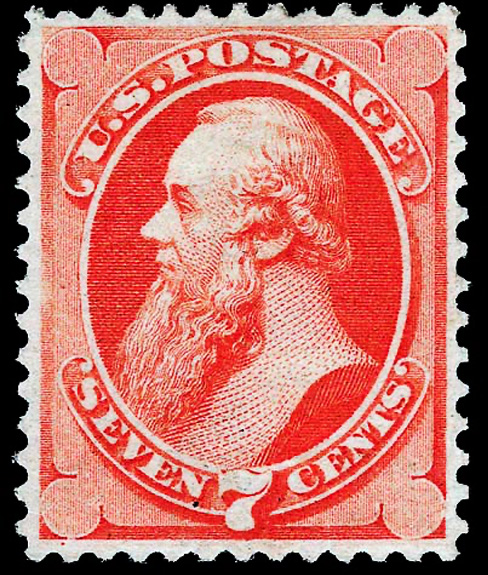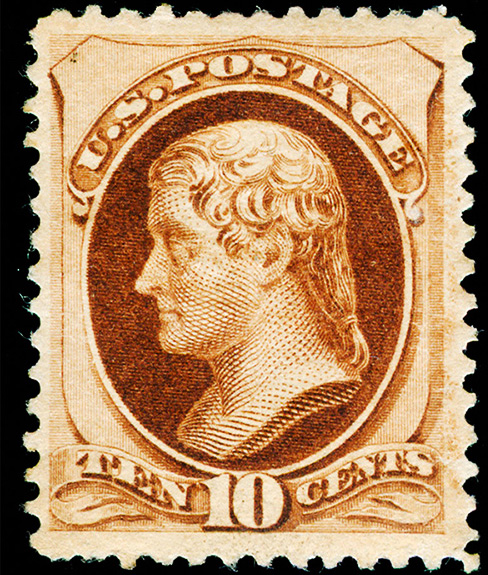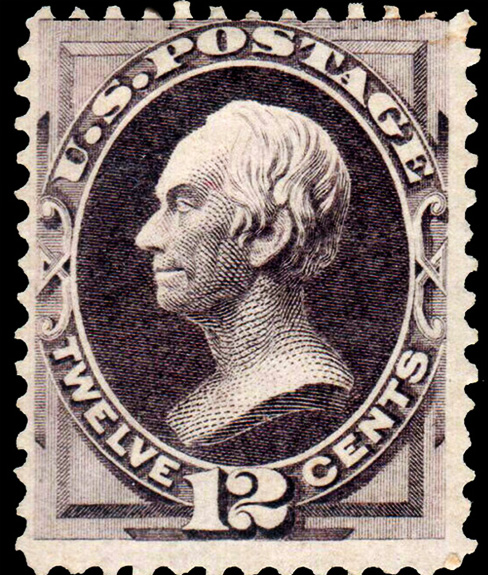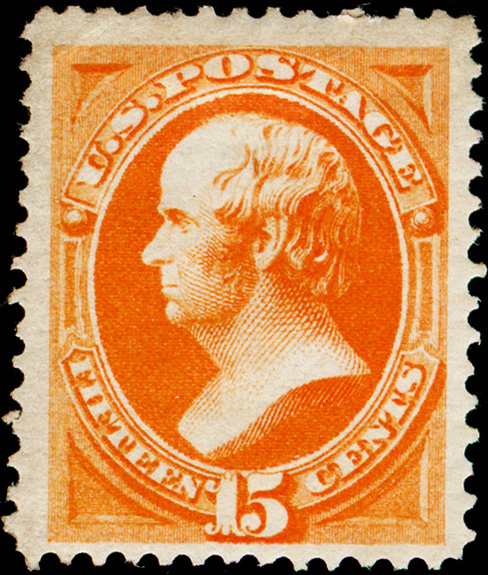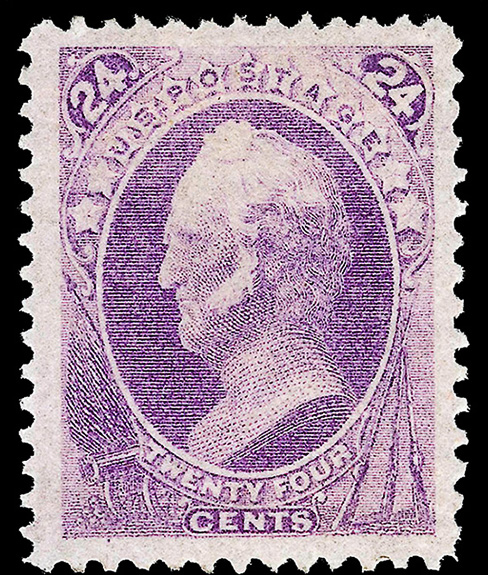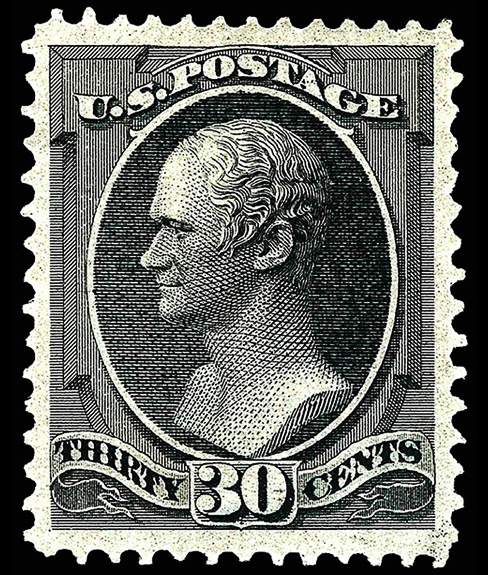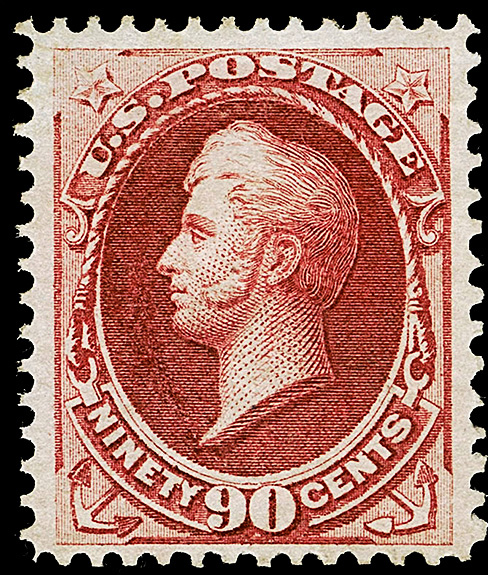Basic Info
6¢
Carmine, dark carmine, brown carmine or rose
Type of Paper: Hard white wove paper, thin to medium thick
Subject: Abraham Lincoln
Number issued: 28,000,000
Perforations: 12
Scott #: 148
Printer: National Bank Note Company
Date of Issue: March 13, 1870
Earliest Documented Use: March 28, 1870
Value
Used
$4 - $9
No postmark with gum (MH)
$100 - $125
Full perfect gum, no postmark
no trace of stamp hinge mark (MNH)
$350- $650
Postal rates 1870-1883
3rd Class domestic mail: 1¢
Local drop rate: 1¢
Domestic drop letters: 2¢
Local first class: 2¢
Up to 3000 miles, per ½ oz.: 3¢
Germany and UK, per ½ oz: 6¢
Belgium, per ½ oz: 8¢
Prussian (closed mail) from Oct 1, 1871: 7¢
Over 3000 miles, per ½ oz.: 10¢
Registration fee from July 1, 1875: 10¢
Denmark (NGU): 13¢
Registration fee before July 1, 1875: 15¢
South Africa and distant foreign destinations: 15¢
Argentina, Seychelles, and other distant foreign destinations: 24¢
India, Peru and other distant foreign destinations: 30¢
Russia and other distant foreign destinations: 30¢
Mainly used for double the domestic first class mail rate, i.e. 1oz letters. Frequently used for mail to Germany and the United Kingdom as 6¢ was the standard rate for those countries.
Plate #'s
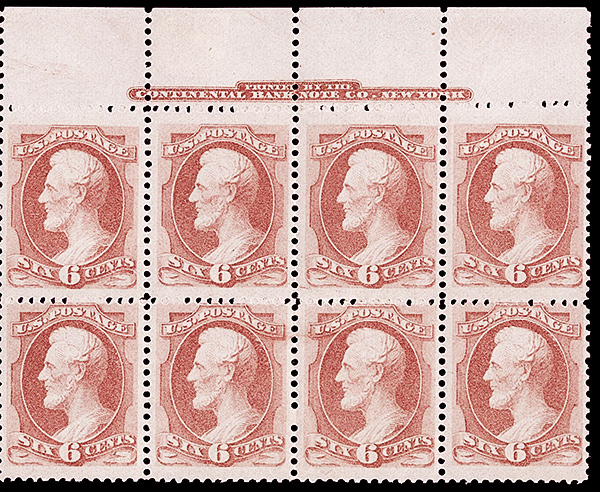
#148 was issued with the following plate #'s
Imprint and plate number
26, 27
Double Impression

148b
Double Impression
Notable Sales

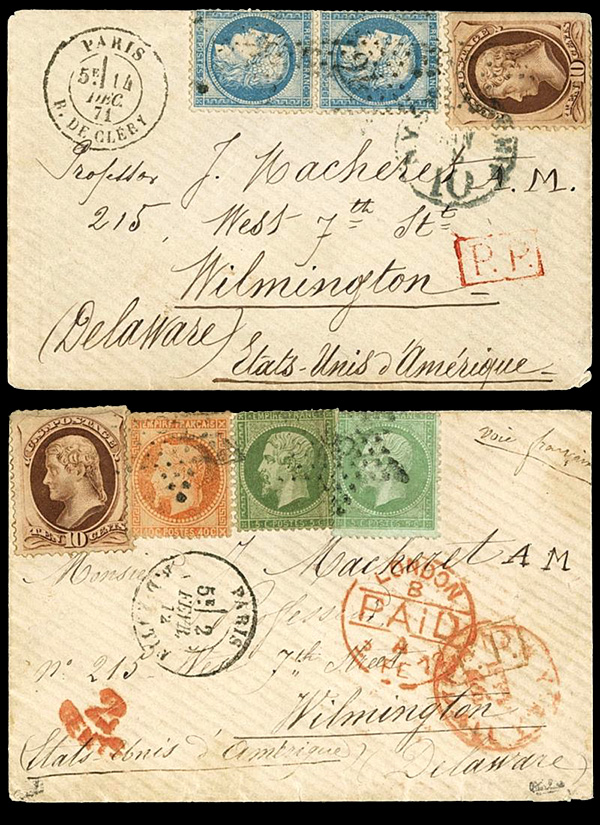
Two examples of mixed French and US frankings
Sold March 2016 for $10,620 and $8,850 respectively
Explore Robert Siegel's Auction Galleries
#148 Characteristics
The color

#148 has shades of carmine and #159 shades of pink
Both are on hard paper
The paper
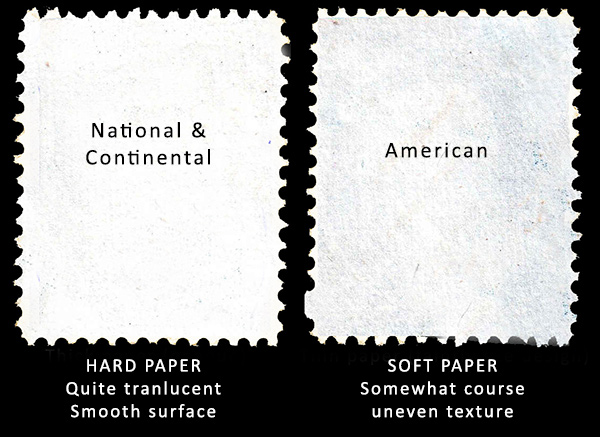
#148 is printed on hard white wove paper, thin to medium thick.
Hard paper was used by the National Bank Note Company and the Continental Bank Note Company. Soft paper was used by the American Bank Note Company,
The hard paper of the Bank Note issues is fairly white, perhaps it might better be called grayish white or sometimes a somewhat bluish white, while the soft paper seems slightly yellowish when compared with the hard paper.
Soft paper has a looser weave and more porous paper than hard paper, so it feels softer, displays a mesh or weave when viewed by holding the stamp between your eyes and light so that you are looking “through” the stamp.
Some people can also ID hard paper be “flicking” the edges and thereby “feeling” the stiffness of the paper versus the feel of soft paper if flicked in the same way. There's more of a snap to the hard paper.
On high magnification the perforation tips on soft paper will have more strands of paper sticking out than hard paper.
Soft paper is fairly dead looking under a long wave UV light ( (briefly and from a reasonable distance in a darkened room) while hard paper reflects more light. If reference copies of stamp designs known only on hard paper or soft paper are viewed under UV light, the difference in paper brightness should be apparent.
For a reference stamp obtain the inexpensive 1861 3¢ (#65), it is only available in hard paper.
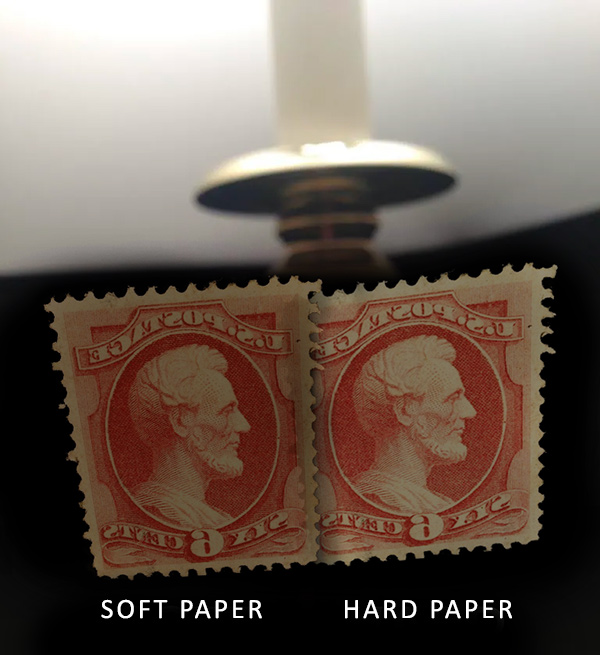
A simple test is to hold a stamp to a lamp, you will see the hard paper is more translucent.
NYC Foreign Mail
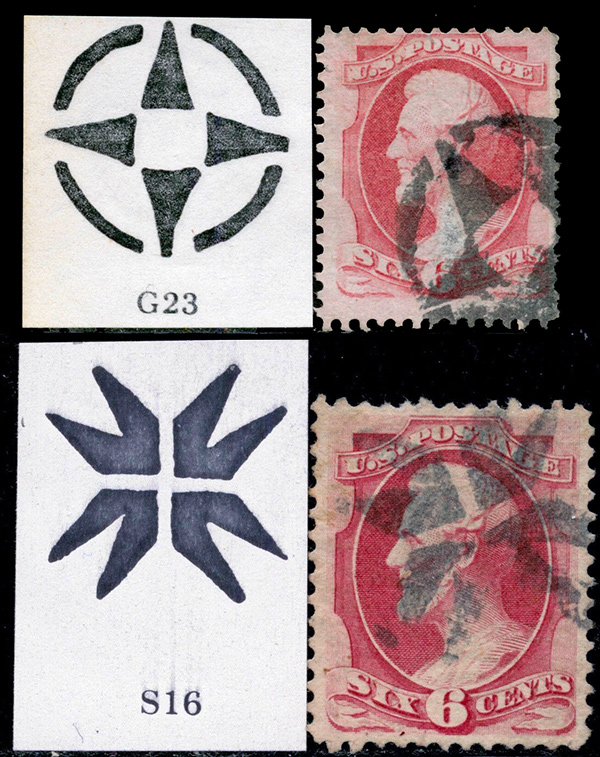
The design inspiration
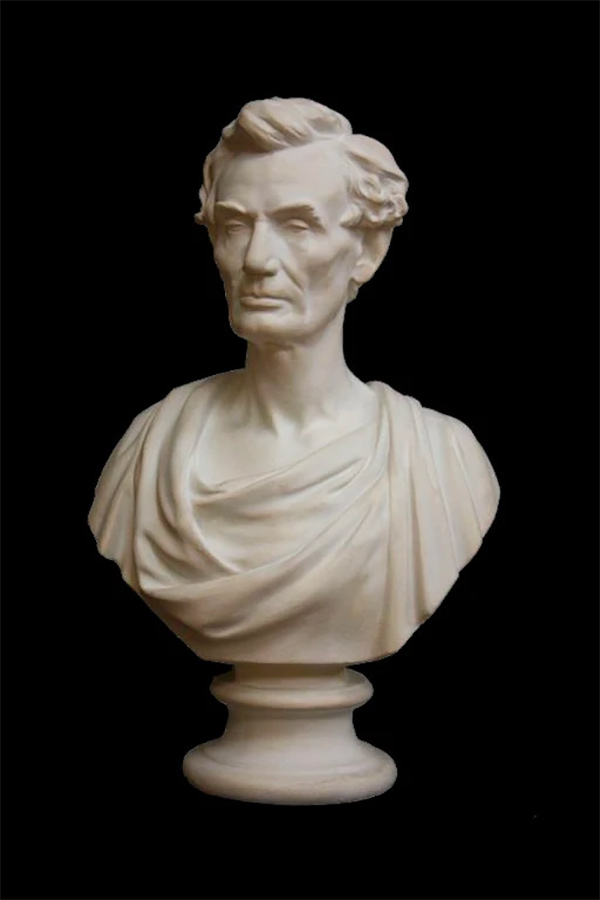
Bust of Abraham Lincoln
by Leonard Volk
Essay's and Proofs
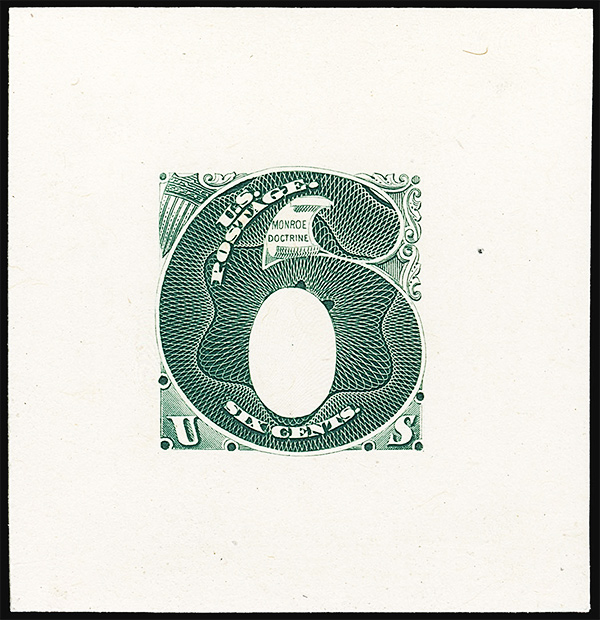
148-E1a
CONTINENTAL BANK NOTE COMPANY
Essay on India,, die sunk on card. Unadopted design

148-E1a
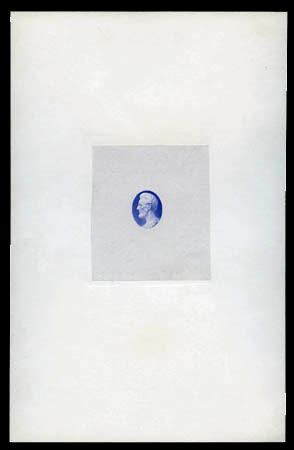
148-E2
NATIONAL BANK NOTE COMPANY
Large die essay on India die sunk on card
Vignette design of Lincoln

148-E2
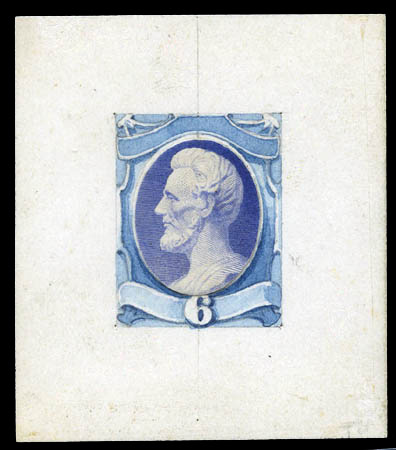
148-E3
NATIONAL BANK NOTE COMPANY
Large Die Essay on thin white card
Vignette is 148-E2 with a wash frame design

148-E3
